LED
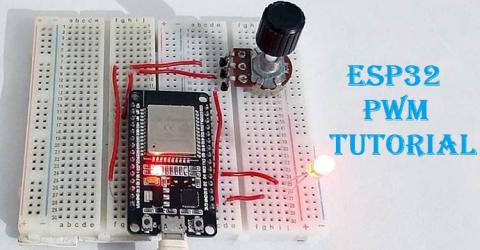
|
ESP32 PWM Tutorial: Controlling the Brightness of LED
Pulse Width Modulation (PWM) is a technique that varies the width of a pulse while keeping the wave frequency constant. The PWM… |
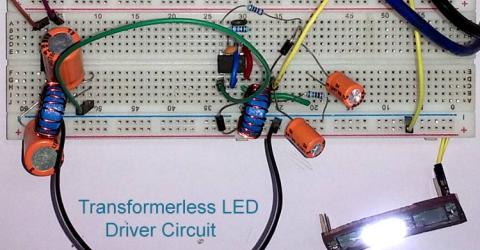
|
Transformerless LED Driver Circuit for Reliable Low Cost LED Bulb Designs
LED bulbs are said to be 80% more efficient than other conventional lighting options like fluorescent and incandescent bulbs.… |
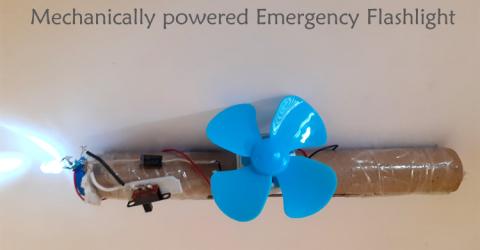
|
Mechanically powered Emergency Flashlight
Flashlight or Torch is very useful in emergency situations like power failure. These flashlights are battery-operated, and we… |
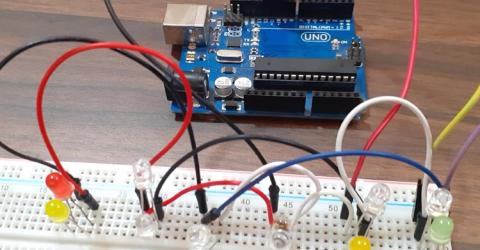
|
Charlieplexing Arduino - Controlling 12 LEDs with 4 GPIO Pins
Charlieplexing is a technique of controlling many LEDs using a few I/O pins. Charlieplexing is same as multiplexing, but it… |
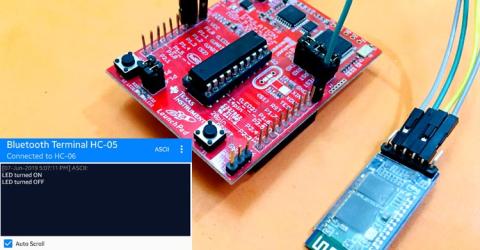
|
Interfacing HC-05 Bluetooth Module with MSP430 Launchpad to control an LED
While a lot of wireless technologies have been introduced in past decade, but Bluetooth is still the most popular tech for… |
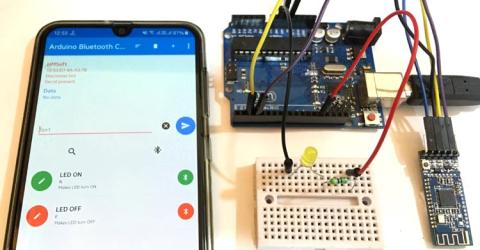
|
How to Use HM-10 BLE Module with Arduino to Control an LED using Android App
Bluetooth is one of the most popular and easy to use wireless technology. Over the few years there have been many upgrades of… |
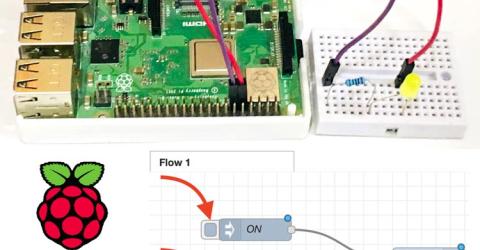
|
How to install Node-RED on Raspberry Pi to Control an LED
Ever wondered if there was a way to make simple prototypes of IoT solutions without having to spend days writing codes or to… |

|
Arduino Multitasking Tutorial - How to use millis() in Arduino Code
The multitasking has led the computers to a revolution where one or more programs can run simultaneously which increases… |

|
How to Use Hall Sensor with AVR Microcontroller ATmega16
Hall sensors works on the principle of Hall Effect proposed by Edwin Hall in 1869. The statement proposed says, “The Hall… |
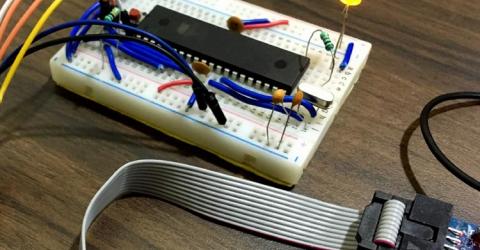
|
Understanding Pulse width Modulation (PWM) in Atmega16/32 AVR Microcontrollers
Pulse Width Modulation (PWM) is a powerful technique where width of the pulse is changed by keeping the frequency constant. The… |

